Applying polymeric sand to street brick patio and Brock Paver Base
responsivearchitect
6 years ago
Related Stories
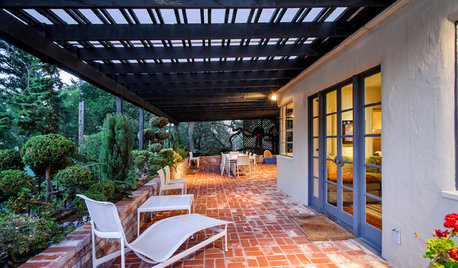
PATIOSLandscape Paving 101: How to Use Brick for Your Path or Patio
Brick paving is classy, timeless and a natural building material. Here are some pros and cons to help you decide if it’s right for your yard
Full Story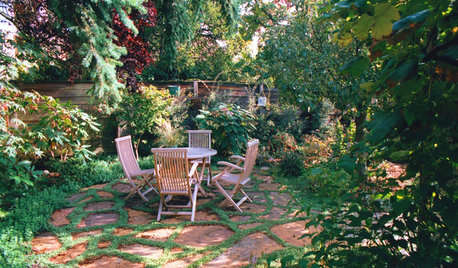
GARDENING AND LANDSCAPINGPavers for the Perfect Patio and Path
3 Landscape Designers Share Tips on Paver Materials, Installation and Cost
Full Story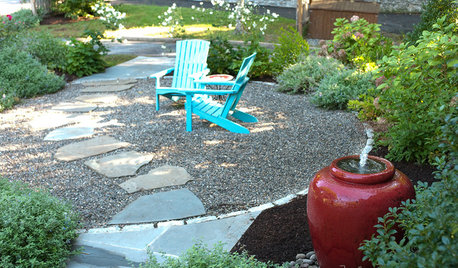
GARDENING AND LANDSCAPINGPatio Pavers Rock Out
Pair stone or gravel with bigger pavers for a patio design that guests will pay tribute to
Full Story
GARDENING AND LANDSCAPING6 Ways to Rethink Your Patio Floor
Figure out the right material for your spring patio makeover with this mini guide to concrete, wood, brick and stone
Full Story
MATERIALSPrecast Concrete Pavers Make a Versatile Surface in the Garden
You can use concrete pavers in a variety of shapes and colors for your patio, walkway, driveway and more
Full Story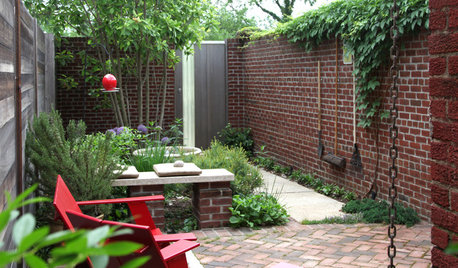
LANDSCAPE DESIGNHow Brick Fits Into Today’s Gardens
Natural brick is often considered a traditional building material. Here’s how people are using it in contemporary gardens too
Full Story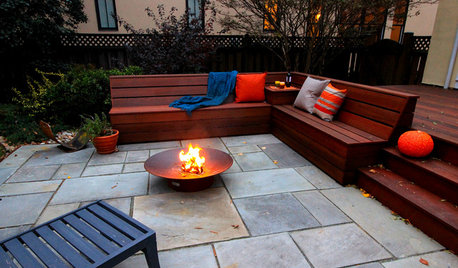
BACKYARD IDEASWhat to Know About Installing a Stone Patio
Planning to add a stone patio to your landscape next year? Here’s what to consider before getting started
Full Story
TRENDING NOWReaders’ Favorite Patio Renovation Stories of 2019
Outdoor living rooms, fire features and terraces feature in the most popular Patios of the Week
Full Story
GREAT HOME PROJECTSHow to Tear Down That Concrete Patio
Clear the path for plantings or a more modern patio design by demolishing all or part of the concrete in your yard
Full Story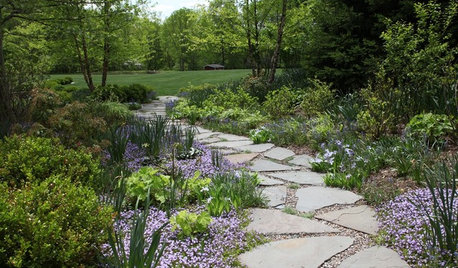
GREAT HOME PROJECTSWhat to Know About Installing a Walkway of Pavers and Pebbles
Find out how to get started, whom to hire, materials to use and costs to expect when adding a path of pavers and gravel
Full StorySponsored
Your Custom Bath Designers & Remodelers in Columbus I 10X Best Houzz
More Discussions






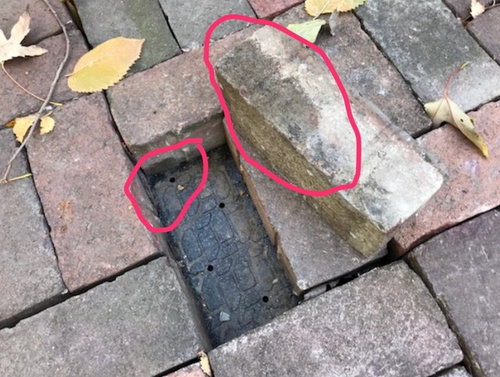

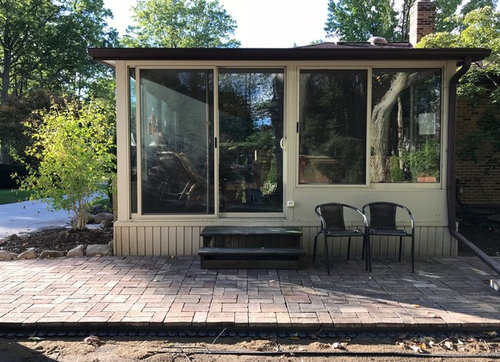



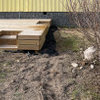

KD Landscape
Yardvaark
Related Professionals
Danbury Landscape Architects & Landscape Designers · Manchester Landscape Contractors · Wilmington Landscape Contractors · Fort Worth Landscape Contractors · Longmont Landscape Contractors · Pine Hills Landscape Contractors · Shafter Landscape Contractors · Framingham Decks, Patios & Outdoor Enclosures · Fullerton Decks, Patios & Outdoor Enclosures · Green Bay Decks, Patios & Outdoor Enclosures · League City Swimming Pool Builders · Mount Pleasant Swimming Pool Builders · Placerville Swimming Pool Builders · Decatur Custom Artists · Decatur LightingOmega Brick & Landscaping
Omega Brick & Landscaping